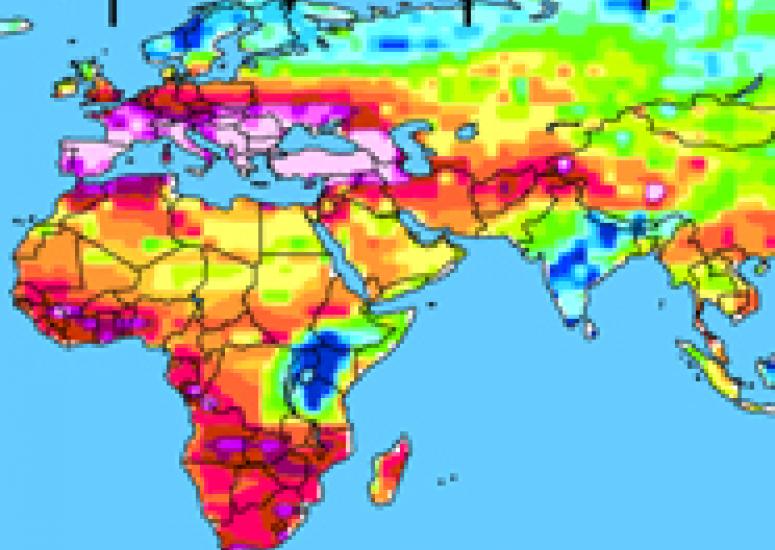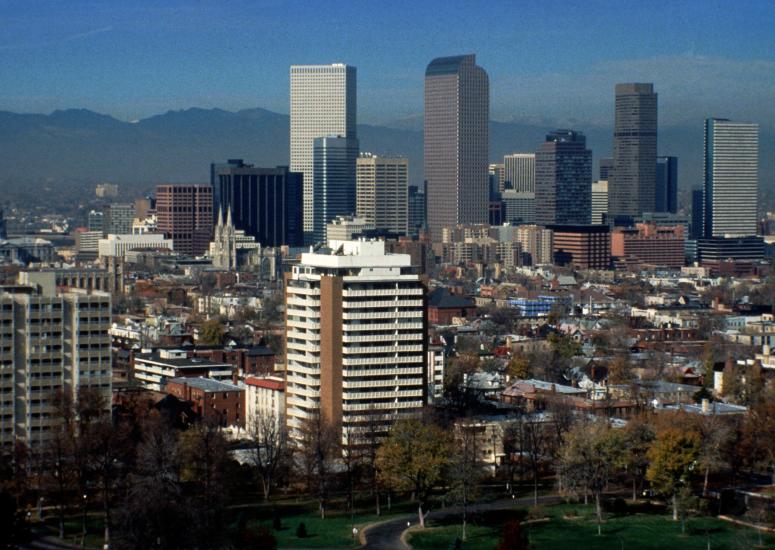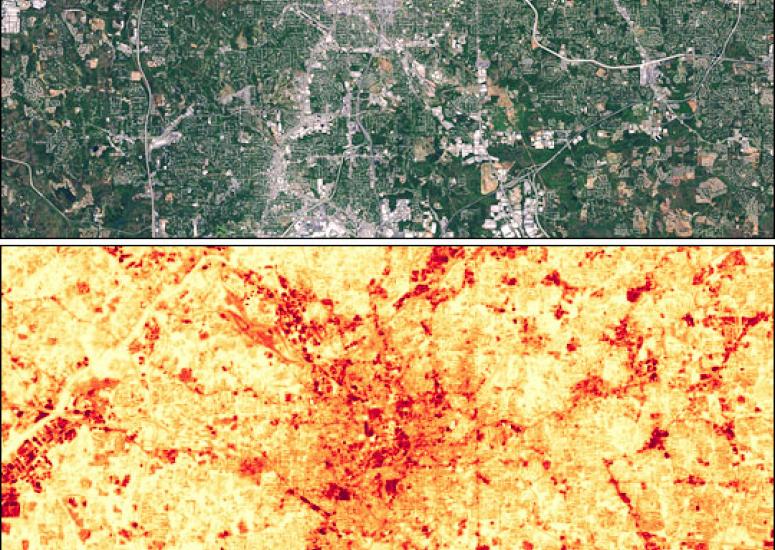-
The wolverine’s melting world
The wolverine is known for its strength and ferocity, but these qualities cannot protect it from a warming world. NCAR research suggests that this aggressive predator may struggle to survive in the contiguous United States over the coming century.
- Climate
-

Climate change: Drought may threaten much of globe within decades
The threat of drought is expected to increase throughout the century, potentially affecting many heavily populated regions.
- Climate
-

Population trends: Another influence on climate change
Changes in population growth and composition, including aging and urbanization, could significantly affect global emissions of carbon dioxide says a new study in PNAS.
- Climate
-
El Niño and La Niña: More than mirror images
El Niño and La Niña are counterparts in the El Niño-Southern Oscillation (ENSO), a cyclic warming and cooling of the eastern and central Pacific Ocean that exerts a major influence on global weather patterns, but they are not mirror images.
- Climate
-

Capturing heat islands in climate models
A team of scientists led by NCAR’s Keith Oleson has incorporated urban areas into a global climate model. The development is important because most models used for predicting future climate change do not account for the urban “heat island” effect.
- Climate

